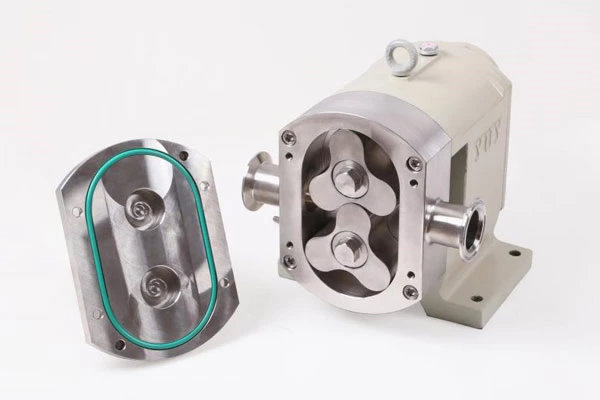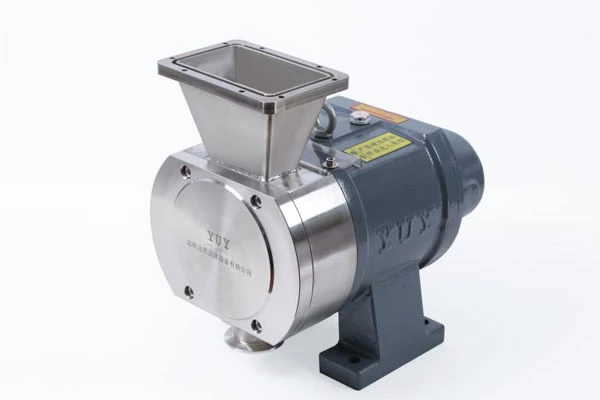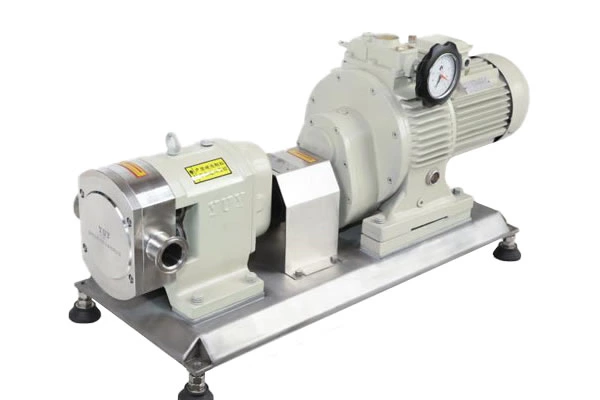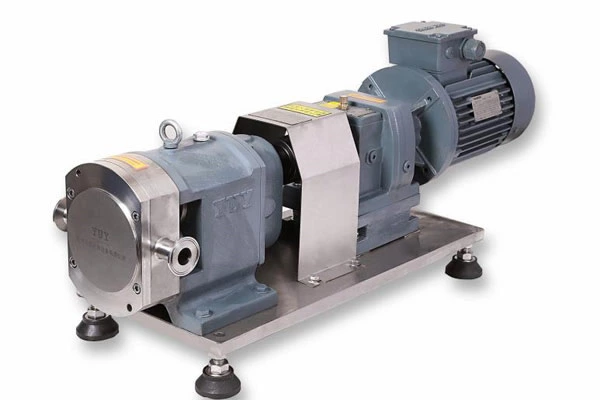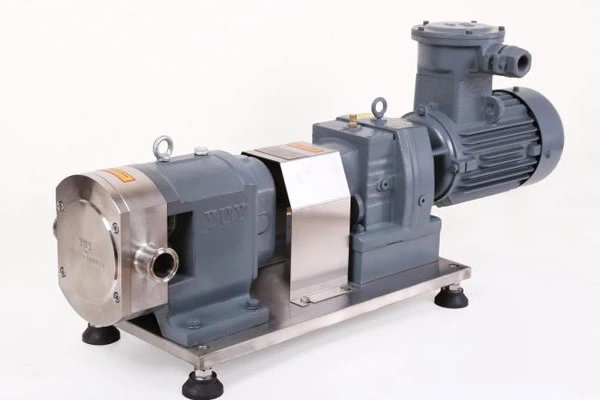Sanitary Rotary Vane Pump With Stable Flow And Head
1. The water inlet of the water suction pipe of Sanitary Rotary Lobe Pump is equipped with a bottom valve, and the bottom valve cannot be sucked up normally. It is recommended to use a suitable bottom valve.
2. Since the inlet pipe is too long and exceeds the self-priming capacity of the sanitary rotary vane pump, if the inlet pipe is submerged in water for more than 1 meter, it is recommended to shorten the length of the pipe in the water to reduce the self-priming distance.
3. The sanitary rotary vane pump has not sucked up the water, so there is no water at the end of the outlet pipe. Some users understand this situation as the reason why the head of the sanitary rotary vane pump cannot be reached. Therefore, a ball valve and a pressure gauge should be installed at the outlet of the sanitary rotary vane pump, and the pressure gauge should be installed between the pump outlet and the ball valve to facilitate observation of the outlet pressure and determine whether the water is sucked up.
4. The selection of the sanitary rotary vane pump is wrong. The actual working head is too high. The head of the sanitary rotary vane pump cannot meet the actual working conditions. The solution to this problem of the sanitary rotary vane pump not being able to reach the head can only be to replace the sanitary rotary vane pump.
5. The liquid being transported contains foreign particles. Due to the blockage of the pipeline or pump body, the lift of the sanitary rotary vane pump cannot be achieved. It is recommended to use a self-priming sewage pump for sewage transportation.
6. The liquid being transported is seriously corrosive. The impeller of the sanitary rotary vane pump has suffered serious corrosion. It is recommended to use corrosion-resistant sanitary rotary vane pump products such as sanitary rotary vane pumps or fluoroplastic self-priming pumps. Or the impeller of the sanitary rotary vane pump has been worn after a long period of use. The gap between the impeller and the pump cover is too large, which is also the reason why the lift of the sanitary rotary vane pump cannot be achieved. It is recommended to replace the new sanitary rotary vane pump impeller.
7. The sanitary rotary vane pump head purchased by the user is wrong with the self-matched motor. For example: the actual motor required is 2900r/min, but the user has matched it with a 1450r/min motor.
Flow stabilization method: The sanitary rotary vane pump must be filled with the pump body as the irrigation water for the first time. The suction pipe must be absolutely sealed. It is normal for the flow to be unstable at the beginning because the air is exhausted and the air is stable after exhausting.
Use order of sanitary rotary vane pump
1 Open the inlet fully and close the outlet valve
2 Fill the water for priming (first use, pay attention to monitoring in the future)
3 Start the water pump and open the valve to 1/3 of the size. Wait for the water pump to exhaust the air (depending on the running status of the water pump to determine whether the air is exhausted)
4 Open the outlet valve fully and use normally
5 Is the liquid water or muddy? If it is muddy, the flow rate and head will be reduced. The flow rate and head calibrated by the water pump are really for clean water. The medium that is too viscous will have a greater impact.
